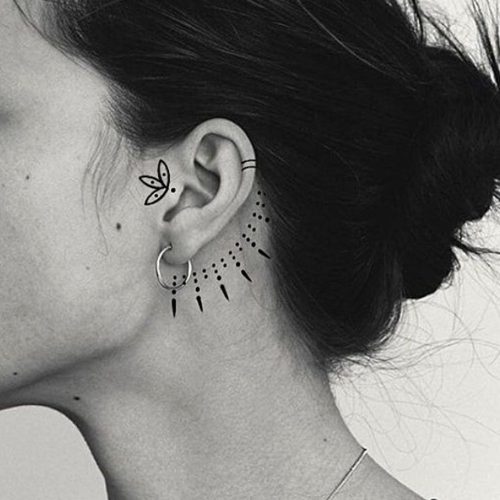A cam deformity of the hip is a condition where there is an abnormal shape in the femoral head and neck junction, resulting in limited mobility and potential hip pain in affected individuals. This deformity is often associated with hip impingement, a condition where the hip joint becomes restricted due to abnormal contact between the femoral head and the acetabulum.
The cam deformity is typically caused by a bony overgrowth at the head-neck junction of the femur, leading to an irregular shape. This abnormality can disrupt the smooth movement of the hip joint and cause friction during certain activities such as walking, running, or twisting motions. Over time, this can result in cartilage damage and accelerate the development of conditions such as osteoarthritis.
The symptoms of a cam deformity can vary from person to person, with some individuals experiencing no pain or limitations, while others may have significant discomfort and restricted range of motion. Common symptoms include hip pain, stiffness, a clicking sensation, and limited ability to flex or rotate the hip. These symptoms can often worsen with physical activity or prolonged periods of sitting.
Diagnosing a cam deformity usually involves a thorough physical examination, including assessing the range of motion in the hip joint. X-rays and other imaging tests may also be used to assess the shape and structure of the hip joint. Treatment options for cam deformity may include non-surgical approaches such as physical therapy, pain management, and activity modification. In more severe cases, surgical intervention, such as a hip arthroscopy, may be recommended to reshape the femoral head and alleviate the impingement.
Early detection and intervention are crucial in managing a cam deformity to prevent further damage and reduce the risk of osteoarthritis. It is important for individuals experiencing hip pain or limited mobility to consult with a healthcare professional for an accurate diagnosis and appropriate treatment plan.
Does hip impingement hurt all the time?
At first, you may only feel pain when you move the hip near its limits. As the condition progresses, however, you may feel pain with more subtle activities, such as sitting for a long time or walking up a hill.
What is a synovial herniation pit hip?
They have a thin sclerotic rim and represent benign bone pits that are felt to be a result of mechanical forces causing herniation of soft tissue and synovium through a defect in the bone. They are usually a unilateral incidental finding and rarely present with hip pain.
What are the symptoms of a cam lesion?
Symptoms include groin pain, hip pain or low back pain. You may have severe pain while turning, twisting and squatting. You may experience a locking or clicking sensation within the joint, and pain after sitting for extended periods.
Does cam deformity cause pain?
Seven of the 14 painful hips had a cam-type deformity at the time of the initial MRI versus 37 of the 318 nonpainful hips (P = . 0002). This gave a relative risk of 4.3 (95% confidence interval [CI], 2.3-7.8) of developing hip pain if cam deformity was present.
Should you walk a dog with hip pain?
Simply Walking: Also a good exercise for dogs with hip dysplasia, as long as their pain is controlled with pain medication, is just plain old walking. Try to avoid really hard surfaces, such as asphalt or concrete, and stick to dirt trails or grassy hills.
When is it too late to treat hip dysplasia?
6 Years of Age and Older Reduction is rarely recommended in older children with completely dislocated hips because the bone changes are permanent by this age. Hip dysplasia with partially displaced hips can still be treated in older children and adolescents. This can delay the onset of arthritis in many cases.
How can I help my dogs hip pain?
– Weight reduction to take stress off of the hips.
– Exercise restriction, especially on hard surfaces.
– Physical therapy.
– Joint supplements.
– Anti-inflammatory medications (nonsteroidal anti-inflammatory drugs, corticosteroids)
– Joint fluid modifiers.
What happens if you don’t treat hip dysplasia?
Hip dysplasia is a treatable condition. However, if left untreated, it can cause irreversible damage that will cause pain and loss of function later in life. It is the leading cause of early arthritis of the hip before the age of 60. The severity of the condition and catching it late increase the risk of arthritis.
How long can a Golden Retriever live with hip dysplasia?
Dogs with hip dysplasia can live comfortably, long into their golden years, so even if your dear canine has been diagnosed with the condition you can expect many joyful years together. If your dog is over 7 years old, they may need additional support as they age – read more about caring for a senior dog here.


